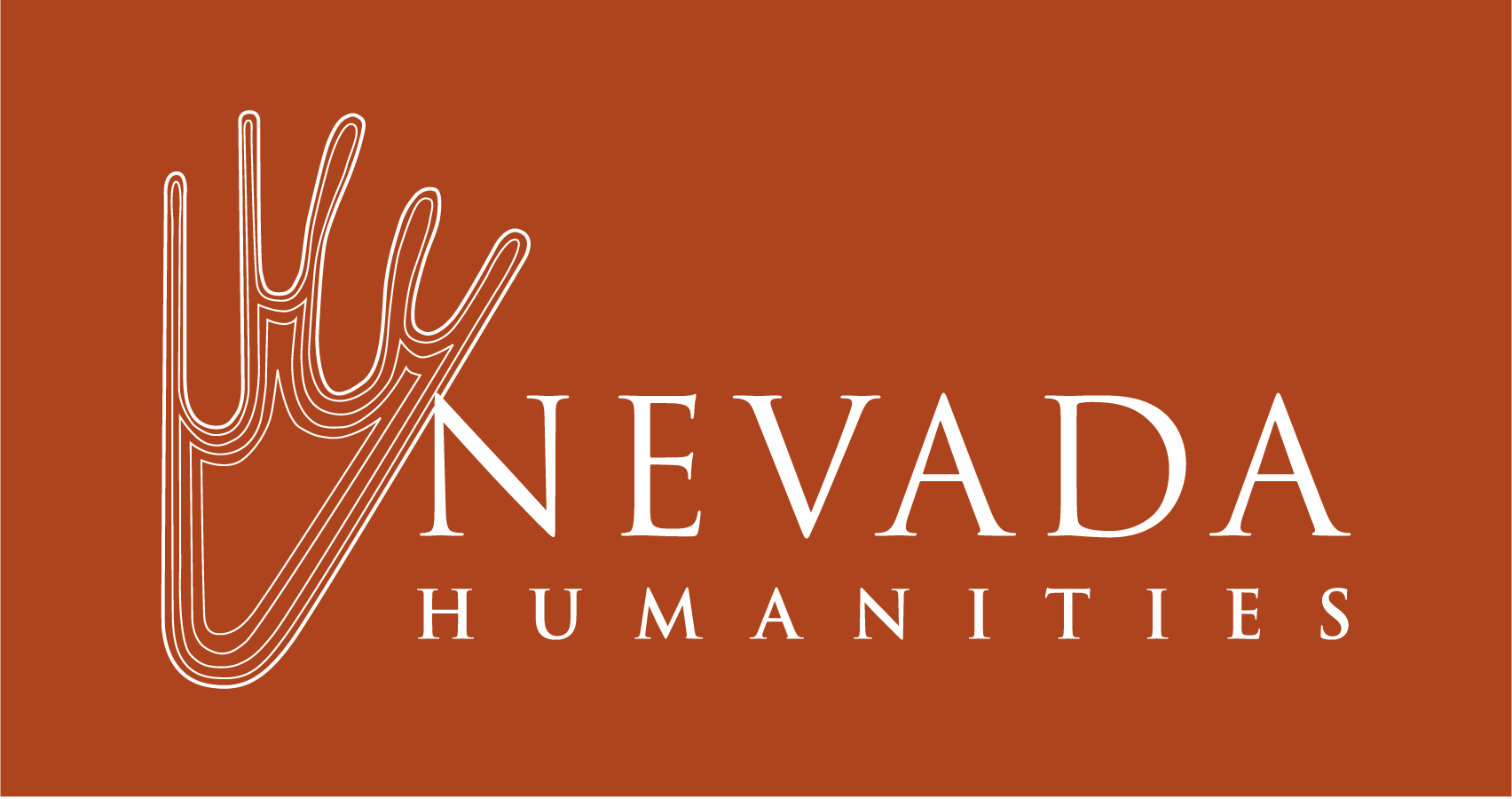Resistance from a Place of Love
By Autumn Harry
Indigenous Peoples are deeply connected to land, spiritually and inherently. Long before settlers arrived in the Americas, Indigenous Peoples lived freely throughout the land with uncontaminated waters, abundant wildlife, and plentiful resources, maintaining an optimal quality of life. Throughout the Great Basin, Indigenous Peoples continue as caretakers of the land while embracing traditional ways of living.
For two Western Shoshone grandmothers, Mary and Carrie Dann, defending sacred lands and territories became a lifelong struggle. The Dann sisters fought many legal battles to reclaim their ancestral lands and rights guaranteed under the 1863 Treaty of Ruby Valley, a peace and friendship treaty allowing for the safe passage of “emigrants and travelers” through Western Shoshone territory. The expansiveness of their territory encompassed approximately 26 million acres and was never ceded by the Western Shoshone people. Mary and Carrie Dann lived happily on their ranch in Crescent Valley, Nevada. In 1973, the Dann sisters refused to pay federal grazing fees to the Bureau of Land Management (BLM) for their livestock operations on Western Shoshone treaty lands. They argued the livestock were within their ancestral territory. As a result, the BLM forcibly removed hundreds of horses and cattle, placing them in areas of inadequate vegetation, causing many animals to die from starvation.
To this day, the Treaty of Ruby Valley has not been upheld by the United States government, which identifies all treaties within the United States Constitution as the “Supreme Law of the Land.” The treatment of the Dann Sisters by governmental agencies, most notably the BLM, made it apparent how civil, human, and treaty rights are continually violated and ignored by the United States’ government. Mary and Carrie Dann demonstrated their strength and perseverance in asserting rights over their lands, ultimately fueling the fire for the next generation and beyond.
Fast forward to 2016 as thousands of allies from across the world stood in solidarity with the Standing Rock Sioux Nation in their opposition against the Dakota Access Pipeline. This mass mobilization of water protection and resistance brought awareness to many injustices faced by Indigenous Peoples, including militarization by the United States government and the state of North Dakota. This powerful movement created hope and uplifted voices of those who have been silenced, leading younger generations to recognize their responsibility and follow in the footsteps of the ancestors who defended and bravely fought before them.
Within Nevada, the fight for protecting our homelands is more crucial than ever. Currently, our water, traditional foods, and cultural resources are threatened with proposed governmental destructive projects, such as nuclear waste being stored in Yucca Mountain, Gold Butte losing its National Monument status, clear-cutting of sacred pine nut trees, and the water grab in Southern Nevada. As we continue the resistance, we will move forward in the ways we were taught... through prayer and nonviolent action. Our resistance will always come from a place of love. Love for our ancestors, ourselves, our future generations, and the bearer of all life…our Mother Earth.
Autumn Harry is a member of the Pyramid Lake Paiute Tribe in Northern Nevada. She recently has been involved in organizing actions, bringing awareness to the Dakota Access Pipeline, and the importance of preserving water in Nevada. Autumn was a panelist in January for the Nevada Humanities The Salon: The Politics of Protest in Nevada.

